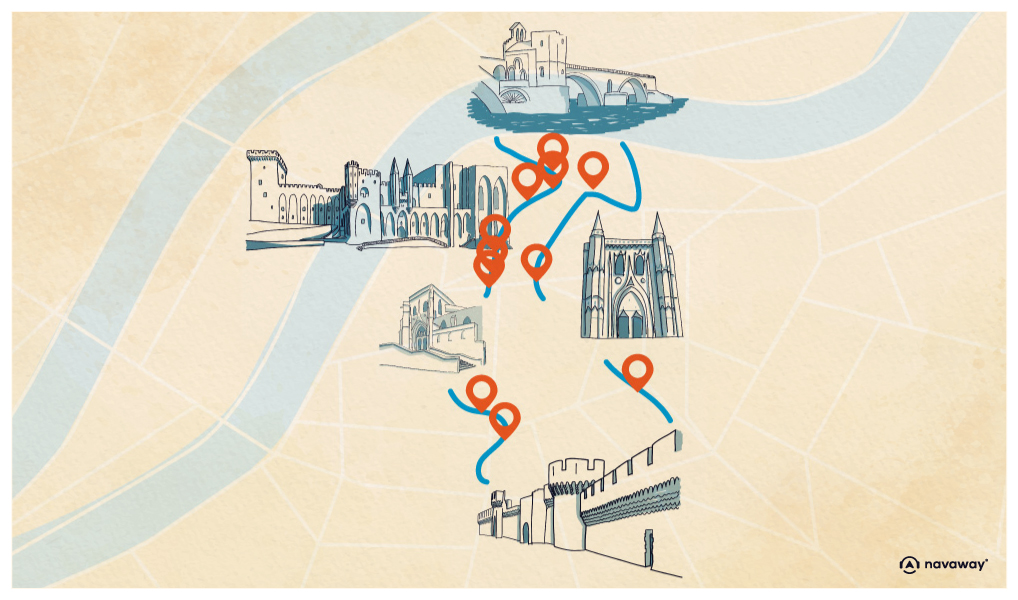
Palace of the Popes
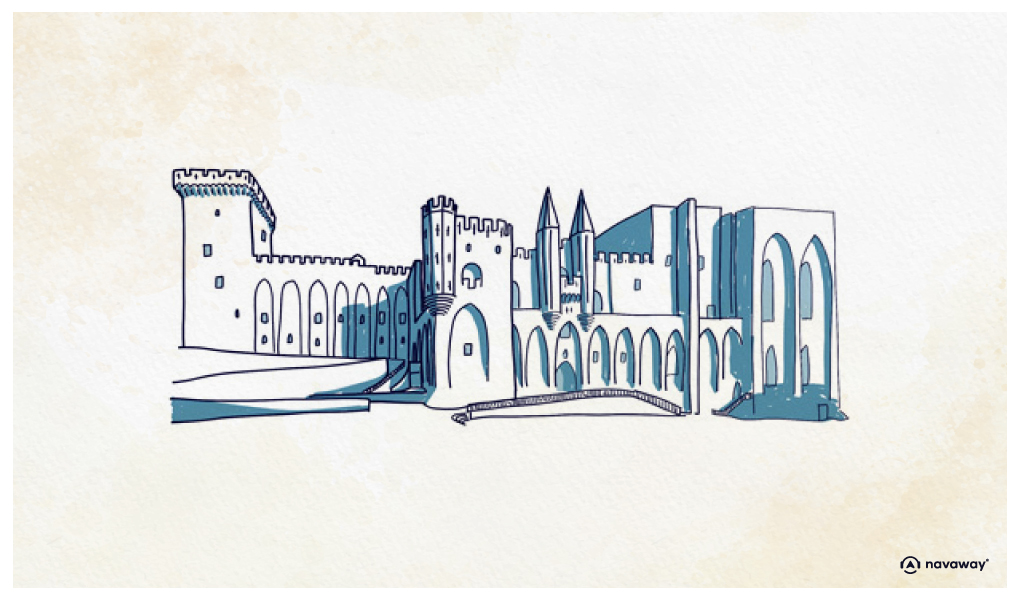
This point of interest is available as audio on the tour: Visit Avignon, On y danse, on y danse !
And now, let’s talk about that giant of a building right in front of you: the Palace of the Popes. It’s one of the reasons why Avignon is such a popular tourist destination, welcoming over 4 million visitors every year. The Palace of the Popes is quite simply the largest Gothic building dating from the Middle Ages. Here’s the story behind it all. Its construction began in 1335, on that rocky outcrop overlooking the city and its surroundings. But why Avignon, you might ask? Well, there are several reasons. At the time, Rome, and Italy in general, was plagued by frequent riots, with rival clans vying for control. So it wasn’t exactly the safest place for a pope to live. In fact, it wasn’t uncommon for them to move to cities other than Rome. Meanwhile, France, England and the Holy German Empire had all become great kingdoms and grew more powerful by the day. Avignon was not yet part of the kingdom of France, but its location was ideal. It was right at the center of the Christian world, close to both France and the Holy Roman Empire, and it had a river, the Rhône, with a bridge to cross it – the famous Pont d’Avignon. In 1305, upon the death of the incumbent pope, the cardinals elected a new one – the Archbishop of Bordeaux, who became pope under the name of Clement V. In 1309, he decided to move to Avignon, which was part of the County of Provence and a safe haven at the time. He settled in the small episcopal palace that was already there. Upon his death, his successor, Pope John XXII, Bishop of Avignon, decided to stay put. With a well-functioning papal government up and running in Avignon, things ran smoothly, and there was no need to go back to Rome. His successor, Pope Benedict XII, followed suit. And it was he who undertook the construction of the Papal Palace. He had the old episcopal palace demolished, and began construction of what is now known as the Old Palace, that is, the northern part of the building. The next pope, Clement VI, carried on the construction of this architectural marvel. In total, 7 popes were to rule in Avignon from 1309 to 1378. This was until Gregory XI was elected pope and decided to move everything back to Rome. Unfortunately, he died only a year later. Urban VI was then elected pope, but some of the cardinals weren’t at all pleased. They thus elected their own pope, Clement VII, who’s considered an antipope. Urban VI stayed in Rome, while Clement VII returned to Avignon. This period, known as the Great Western Schism, lasted until 1418, and saw two, sometimes even three popes appointed by rival factions of cardinals. So two more popes, Clement VII and Benedict XIII, settled in Avignon, alongside those recognized by the Church who remained in Rome. The papal palace thus held the spotlight for almost a century, until things went back to normal, with only one pope living in Rome. This saga alone was enough to make Avignon blossom into a magnificent city, one of the leading Western metropolises of the time – powerful, cosmopolitan, and a symbol of the Church’s reach in the 14th century. The palace served as a papal residence up until the 15th century, when it was turned into barracks. It was eventually restored and it’s now among the most visited monuments in France. It opened to the public in 1907, and it was listed as a UNESCO World Heritage Site in 1997, along with the entire historic center of Avignon. Today, it stands as a testament to the city’s glorious past. Once inside, you can tour more than 20 rooms, including the pope’s private chambers. Get ready to travel back in time all within the walls of this imposing building, visible even from the top of the Alpilles mountains, over 20 kilometers away! The interior decor is exceptional, with some pieces by the talented 14th-century Italian painter Matteo Giovannetti. And let’s not forget the stunning gardens, recently restored to their former glory. They’re definitely worth checking out too! But for now, let’s enjoy the amazing view of the palace façade from the square.


Discover Avignon with app
An interactive guide through the most beautiful streets, squares, and districts
27 fun audioguides full of historical facts, anecdotes, and legends
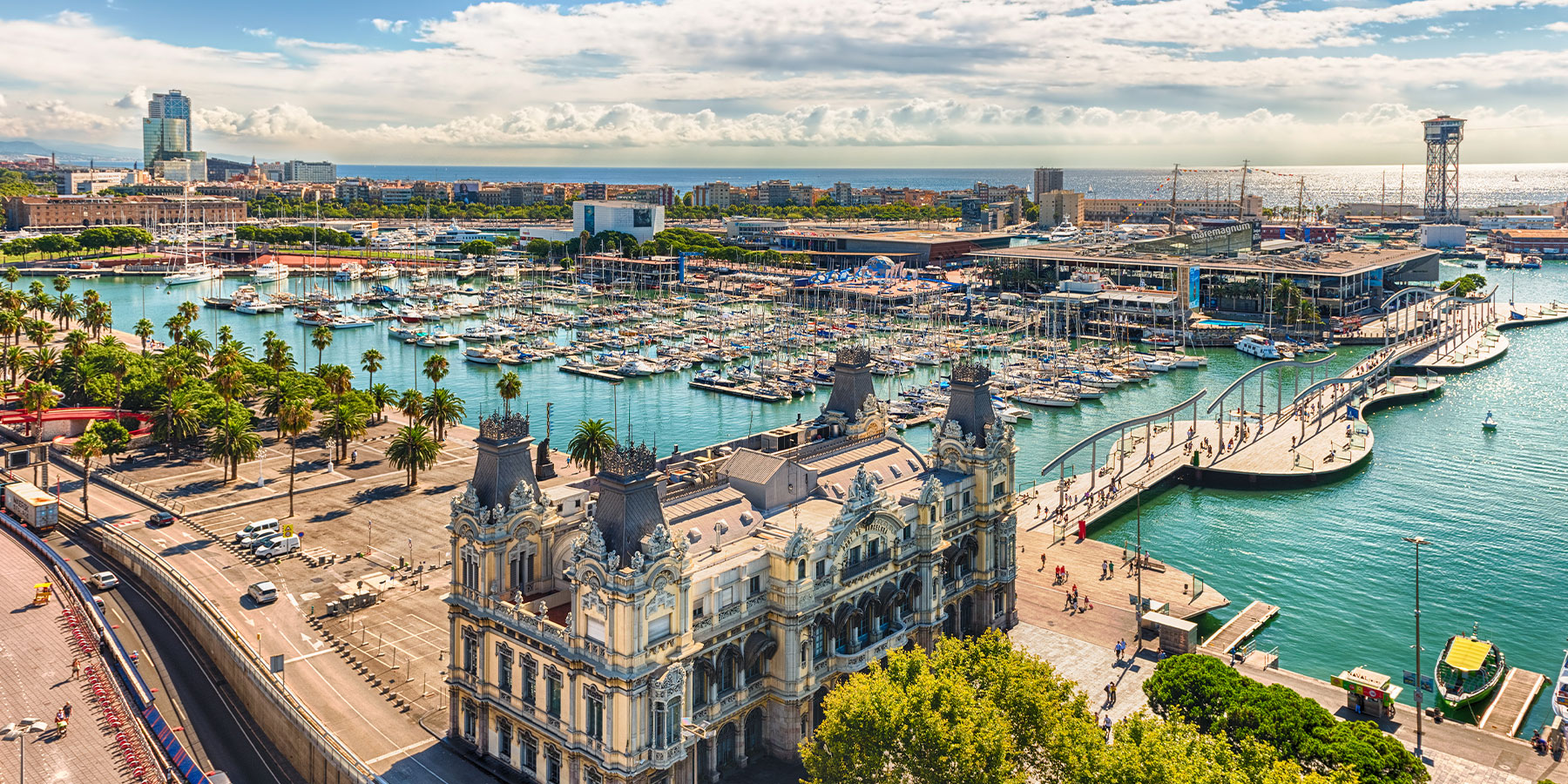
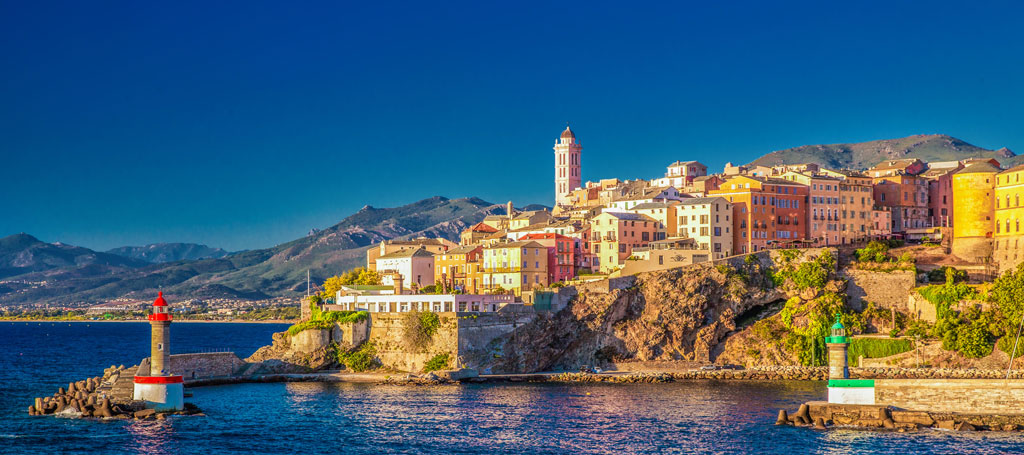
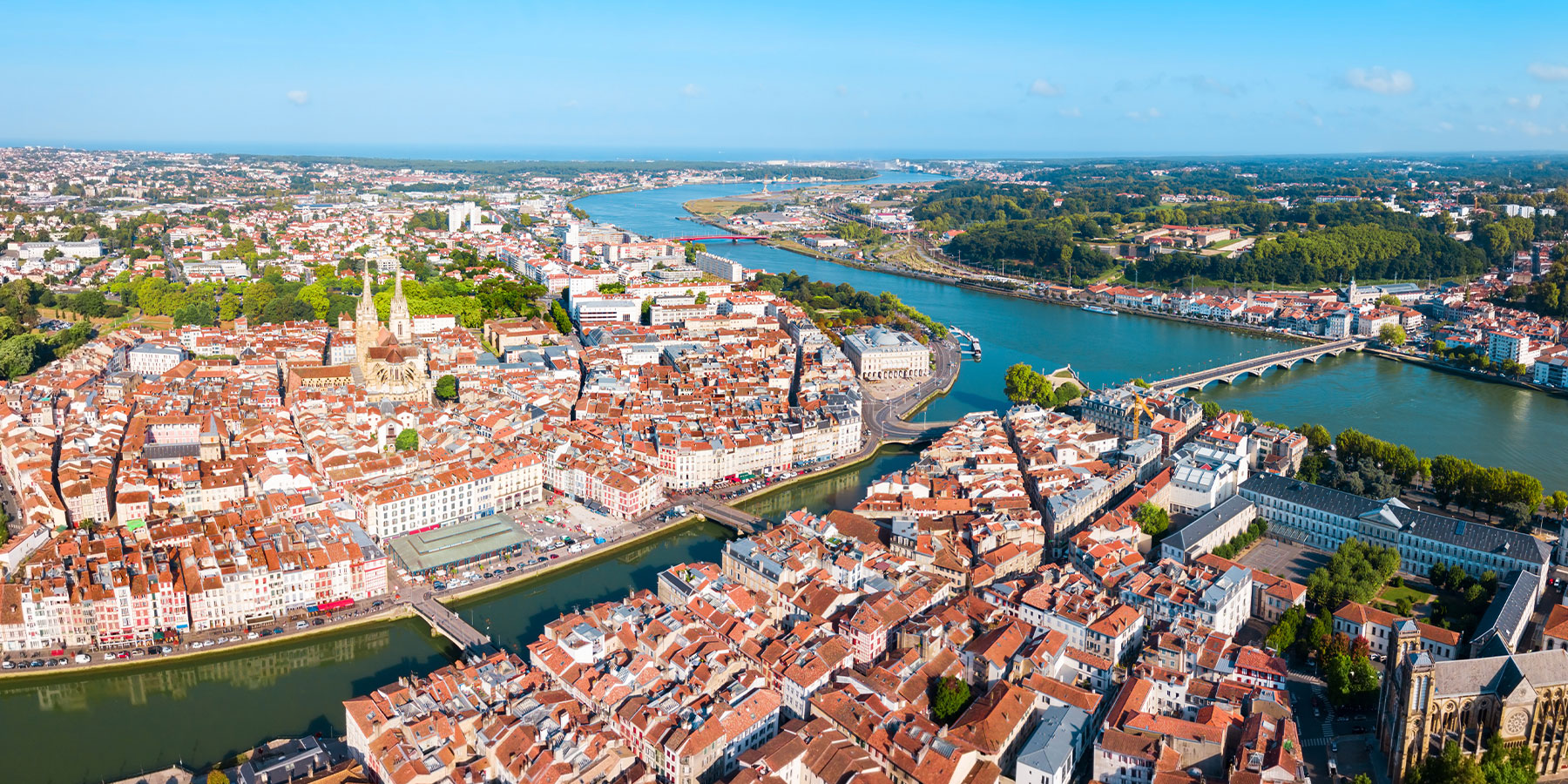


Comments